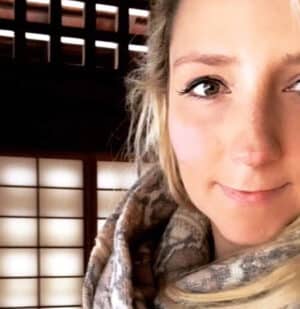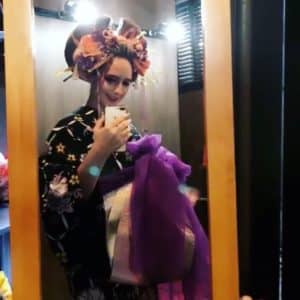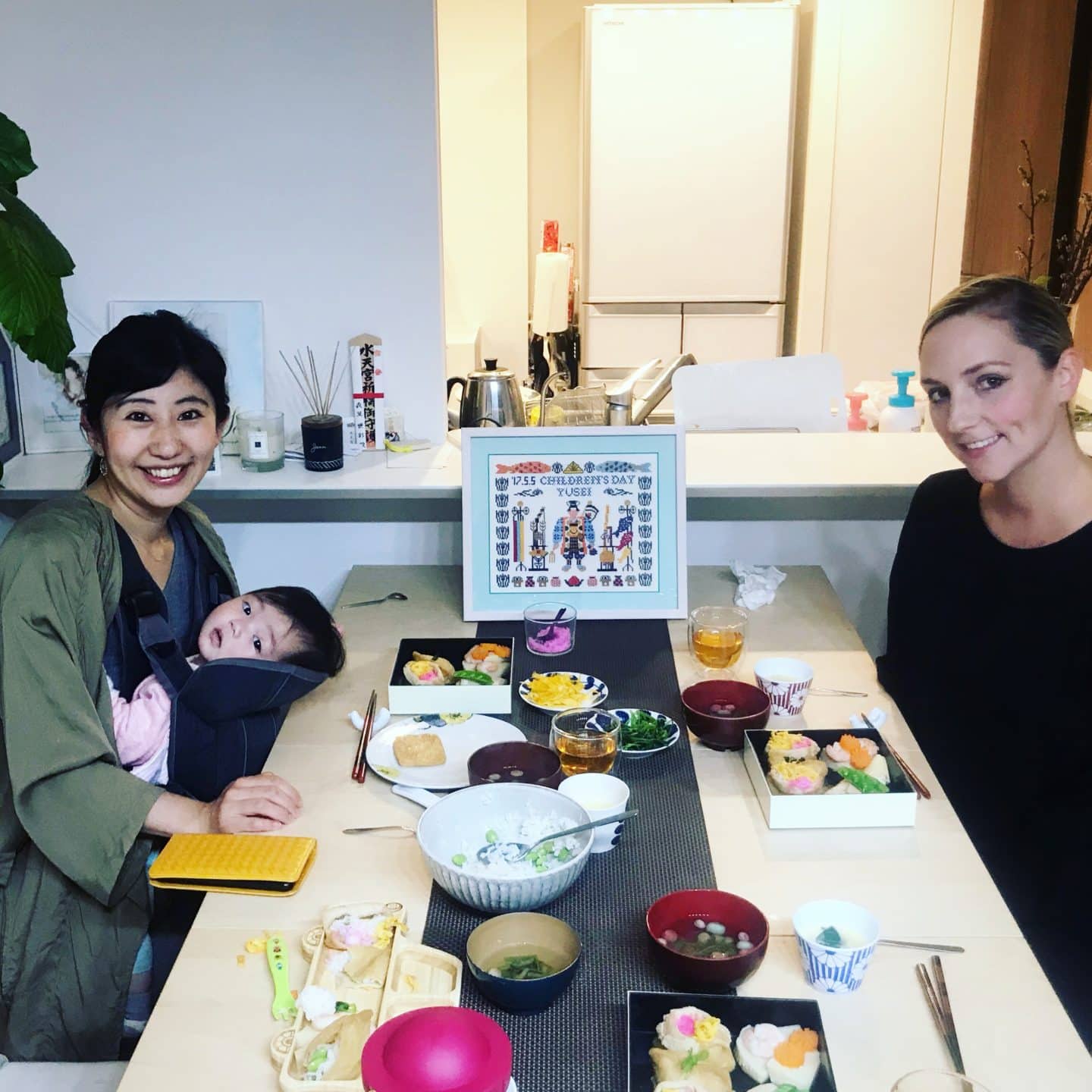
Have you heard about Nagomi Visit? The program where you can enjoy a meal with a Japanese family in a Japanese home?
I still cannot stop thinking about this amazing experience with this fantastic program called Nagomi Visit that I only just heard about and I’m so happy that I now have time to sit down and tell you all about it.
As many of you know, I was an exchange student in high school in Japan in a very small Japanese country town. As a part of the exchange student program, I lived with Japanese families (all family’s of my classmates at school) for the full year. (If you’re interested in reading about my experience with culture shock, see my post here.)
I honestly think that this is how I really got to understand and see the real Japan.
Being a tourist is so much fun and I love now being able to slip in and out of “being Japanese” but I often feel sad for my other friends who love Japan but never got to have that real “peek behind closed doors”
…..and guess what? It may be really different to what people expect… in all the right ways!
Why do I really believe that everyone should try this programme?
As an adult, a couple or a young family, it is almost impossible to see how Japanese local families really live.
As a student? Maybe?
As a child on a playdate ? Also… maybe? ….But then again, the at-home playdate culture is still not really a thing in Japan.
Japanese people are almost always very modest about their homes.
At first, when living in Japan, I didn’t understand this and took offense. I thought “Why don’t my friends invite me over?”
But then I started to understand more of the culture and the pressure that many friends felt.
Even in the countryside, the homes are still quite small and that requires a very minimal way of living, making access of as many storage options as are available and it also means that many of the living spaces are fluid ( as in.. the dining table folds away and that space is then the play area for kids or.. the dining table is removed and the futons are laid down in its place.)
This lack of space is not to do with people who have lots of money or don’t have money. It’s a different approach to living and is more about being in the BEST location/ closest to the station* and then they will, most likely, search for the newest building and most beautiful, highest quality interiors.
So if space is precious and everything is planned out to maximize the way the layout is used… it may not be the most visitor friendly, right?
People may not want you to necessarily see how you can look from the lounge area right into the kitchen… or worry that you think that their home is too cluttered. It is not uncommon to basically live in one room with a bathroom and kitchen section behind a door at either end.
And I’ve also had close girlfriends who have opened up to me that they worry about having people over if they are doing well financially as they are concerned that it might be seen as boasting.
*Japanese inner city rental properties are almost all priced based on the distance from the station. Because the transport system is so reliable many people do not own cars – so the ability to quickly start your commute is more important than it may be in other countries. So, for example, when I was a poor student in Kobe, I opted for an apartment that was 18 minutes walk from the station and it saved me literally hundreds of dollars a month.
After living in Japan for 12 years, why would this kind of programme still excite me?
Can I let you in on a secret, after 4 years in Tokyo as an adult, I think I visited a Japanese friend’s home…maybe 4 times….
And, from memory, most of these friends have been particularly international ( lived overseas for a substantial amount of time, for example.)
It doesn’t mean that I didn’t have friends ( eekkk… I think I’m a pretty nice person…) but its just not usually a part of daily life in Japan.
This program is a truly unique idea and experience for everyone involved.
This program is about give and take – and I love that.
This is not like going to a restaurant. This is about becoming a part of someone’s family.
These families are open to meeting new people from other countries. That means they will be interested in knowing about you and your culture too.
So how does it work?
Well, you register for the programme and then you’re matched with a family or person. So, for example, if you have children, you will be, most likely, matched with a family who either has children or a particularly child friendly space.
-Register for the program. How many people? Children coming too? Here is the Nagomi Visit registration form you will need to fill out.
-Enter a location( you’ll be matched with a family no further than one hour from where you are staying), all the dates when you are available for a Nagomi Visits including lunch or dinner, how many people are attending. Include your name, country, message to host, photo, and details about each participant. There are optional sections where you can include information about the type of host you are looking for, like similar age kids for instance, and dietary details.
-Please note: It is important to let Nagomi Visit know if you have any dietary requirements (they are amazingly flexible.) However, if your dietary restrictions are life-threatening or strict there is a chance Nagomi Visit may not be able to find a host as they cannot guarantee against cross-contamination or cross-contact of certain ingredients.
-You will receive an email from a potential host ( or hosts, if multiple hosts are available ) and the setting up part of your Nagomi Visit experience begins!
How are guests and hosts matched / able to find one another?
Once you have registered, then hosts who are available for your specified dates are shown your information, group size, dietary requirements etc.
The host is then able to notify Nagomi Visit and let them know that they are keen to meet you and share a meal (How special is that?!)
If you’ve picked a time where several hosts are free for that specified date, you may be able to choose your host, based on their profile.
Naturally, if many hosts seem lovely to you, you are welcome to try and organize a second or third meal ! Why not?!
Do I need to be able to speak Japanese?
Nope.
In fact, even though I do speak Japanese, my hosts were so very comfortable practicing English that I only jumped in with Japanese towards the end.
How much does it cost?
5500 yen per adult.
4000 yen for children 5-12 years
Children under 5 are free.
This money goes towards ingredients and to the organization in order to keep this non-profit organization going.
So what was my experience like?
* Please note: my hosts were very comfortable with being photographed and open to their names and pictures on social media. This is, naturally, not the case for every host, so please be sure to check before taking pictures and then again before publishing online.
If they don’t like photos, perhaps ask if you are able to take photos of the food to show friends at home?
If photographing or video-ing the experience is extremely important to you.. I recommend asking if it is possible during the registration process? Then hosts can let you know their own family rules ahead of the day.
Nagomi Visit got back to me and let me know the names of all the family members, their ages and a little bio on what they do and how long they have been part of the Nagomi Visit Program.
I was also sent the details of the meeting station and which exit to meet my host. We were also then able to swap contact details ( which is handy incase you have trouble finding the meeting spot or something happens and you’re going to run a little late.)
I almost cried when I came out of the ticket gates and my host Masako had a little welcome sign for just for me! I felt like a VIP, man !
As I have two small children, myself, I was also matched with a gorgeous young family.
This DEFINITELY felt different to almost daily work dinners when I worked with a Japanese company.
We then walked together from the station to my hosts apartment.
It’s so nice to see my host’s daily commute, ask questions and just experience real life suburbia just outside of central Tokyo.
Arriving at home it was shoes off, of course, and then I was able to meet the family.
I love that the kids were just playing next to the dining table.
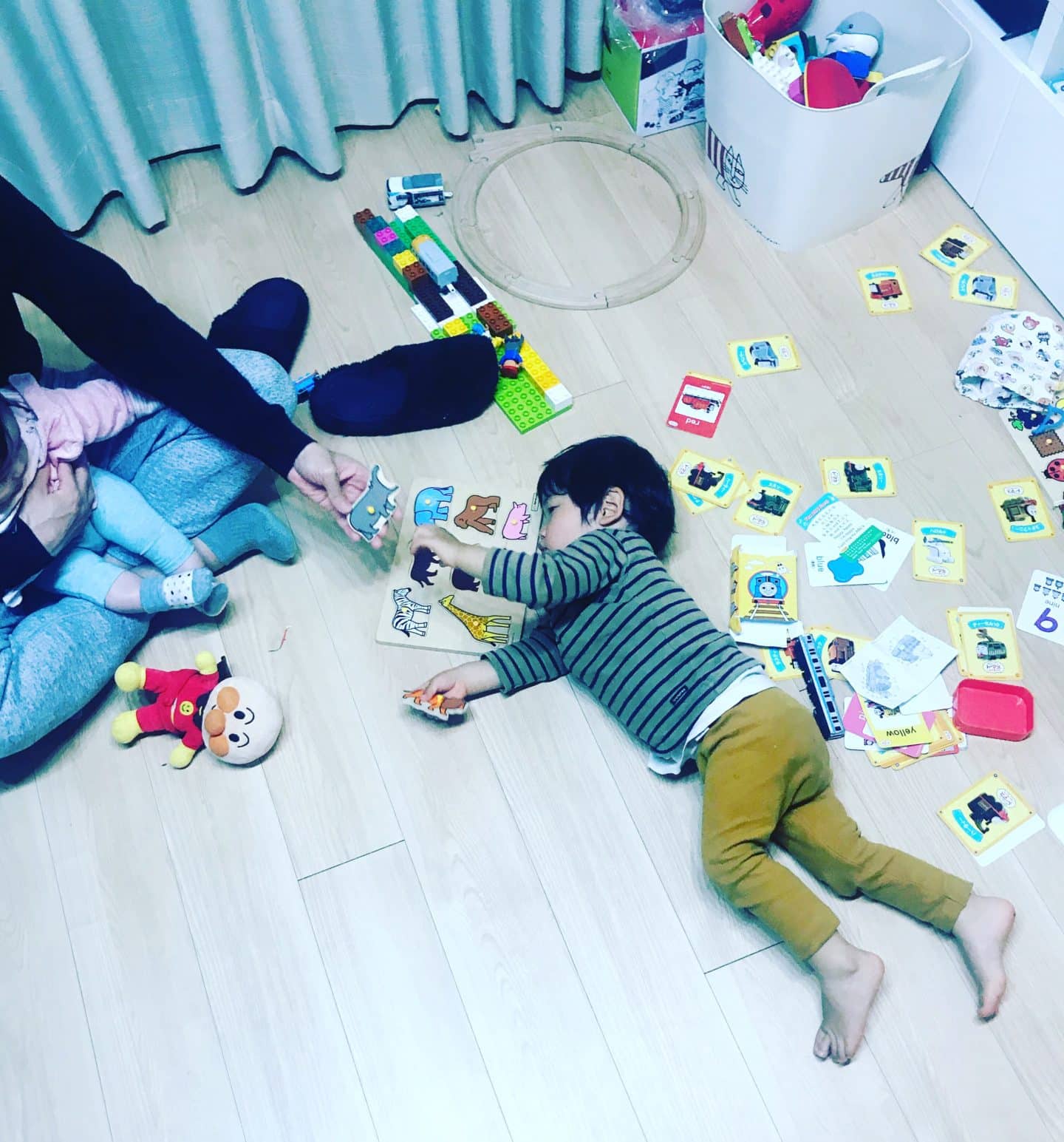
Masako had done all of the food prep and had even made a portion so that I could see a prepared example.
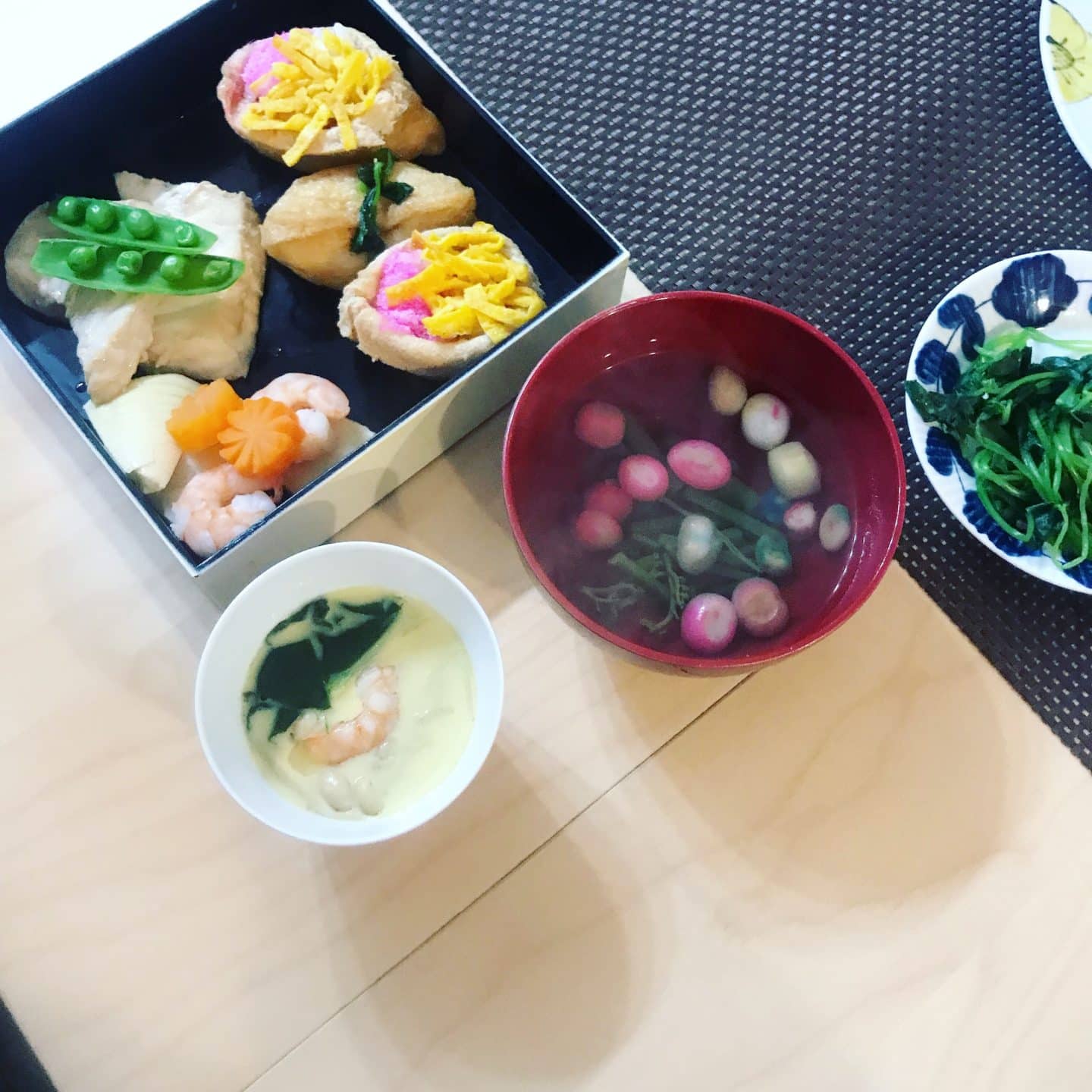
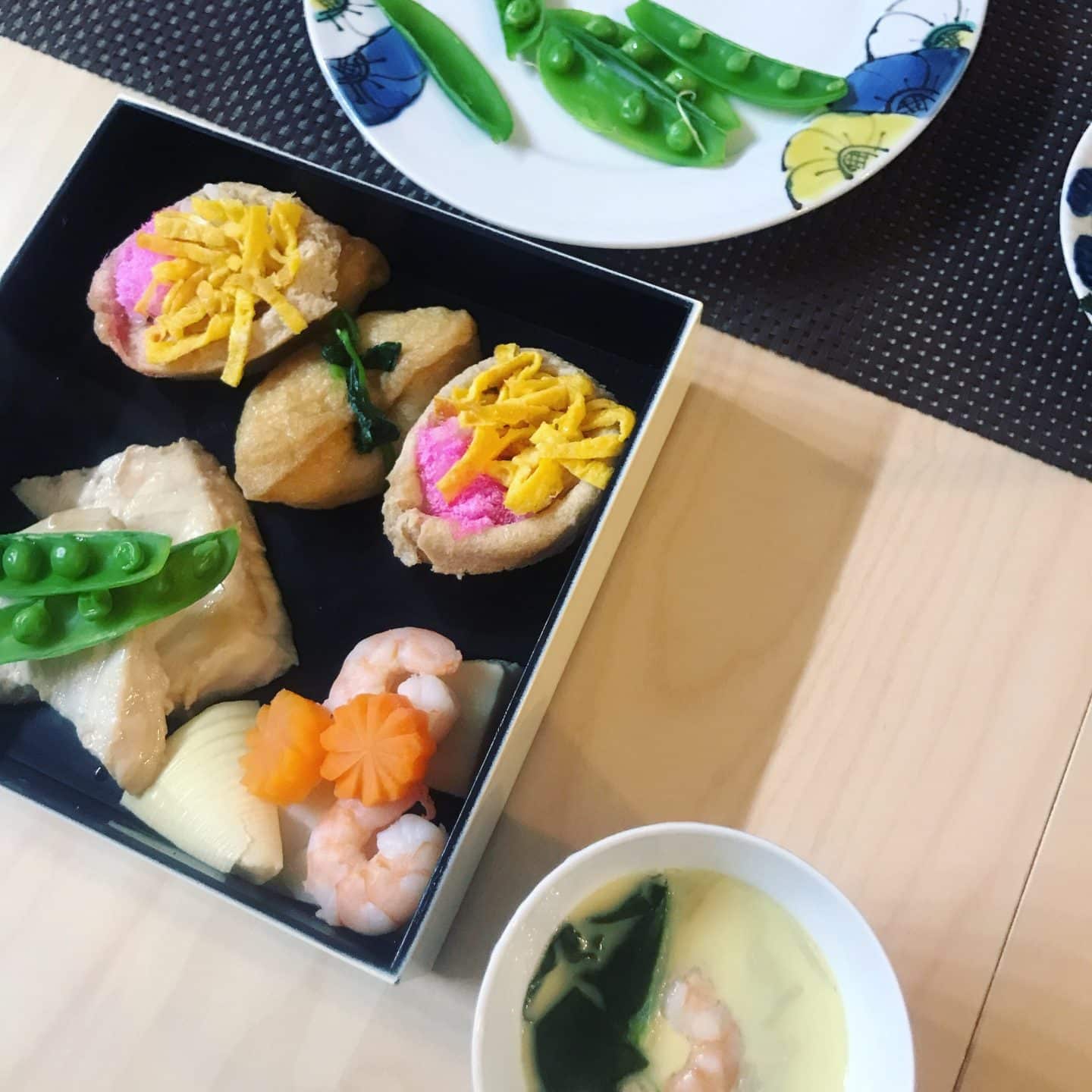
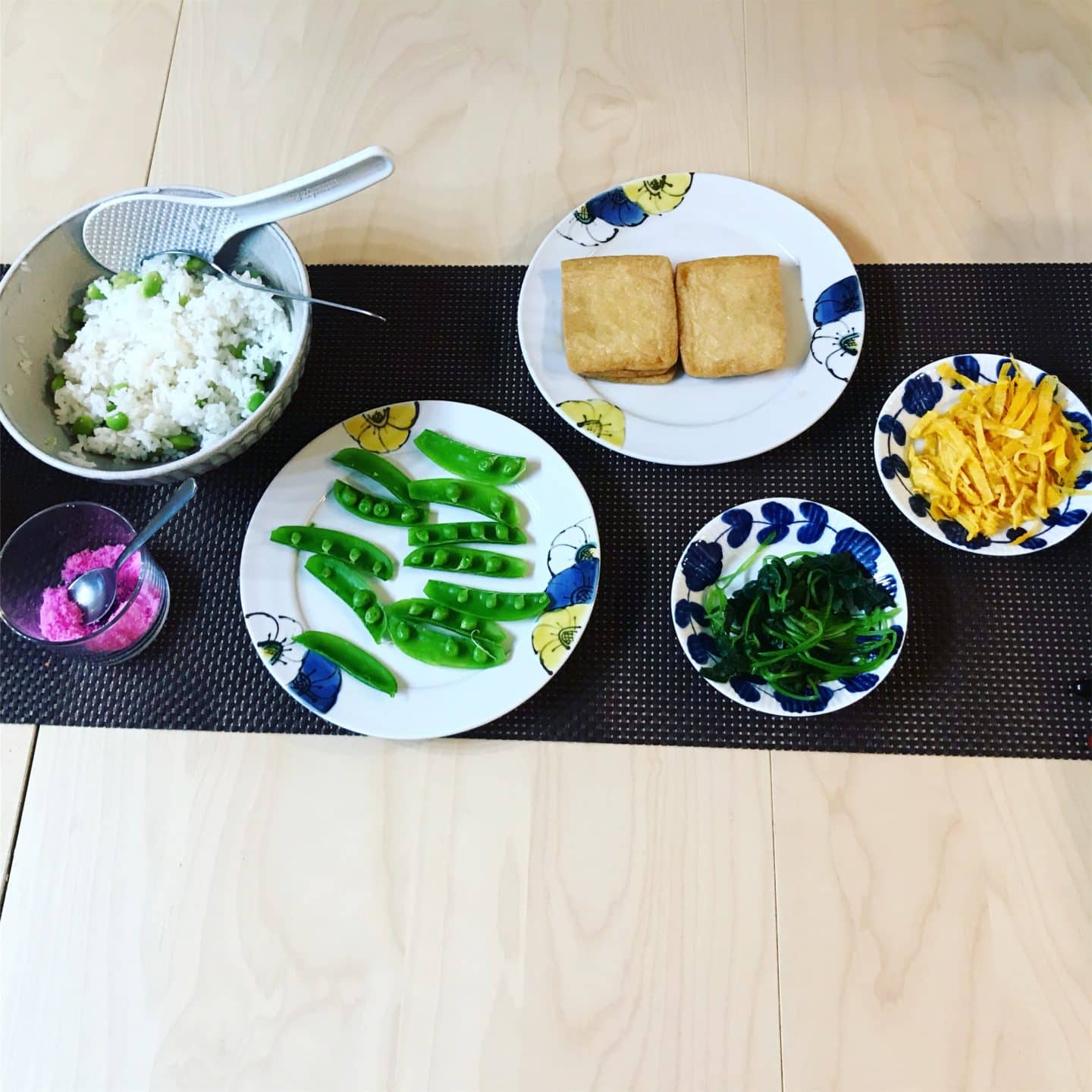
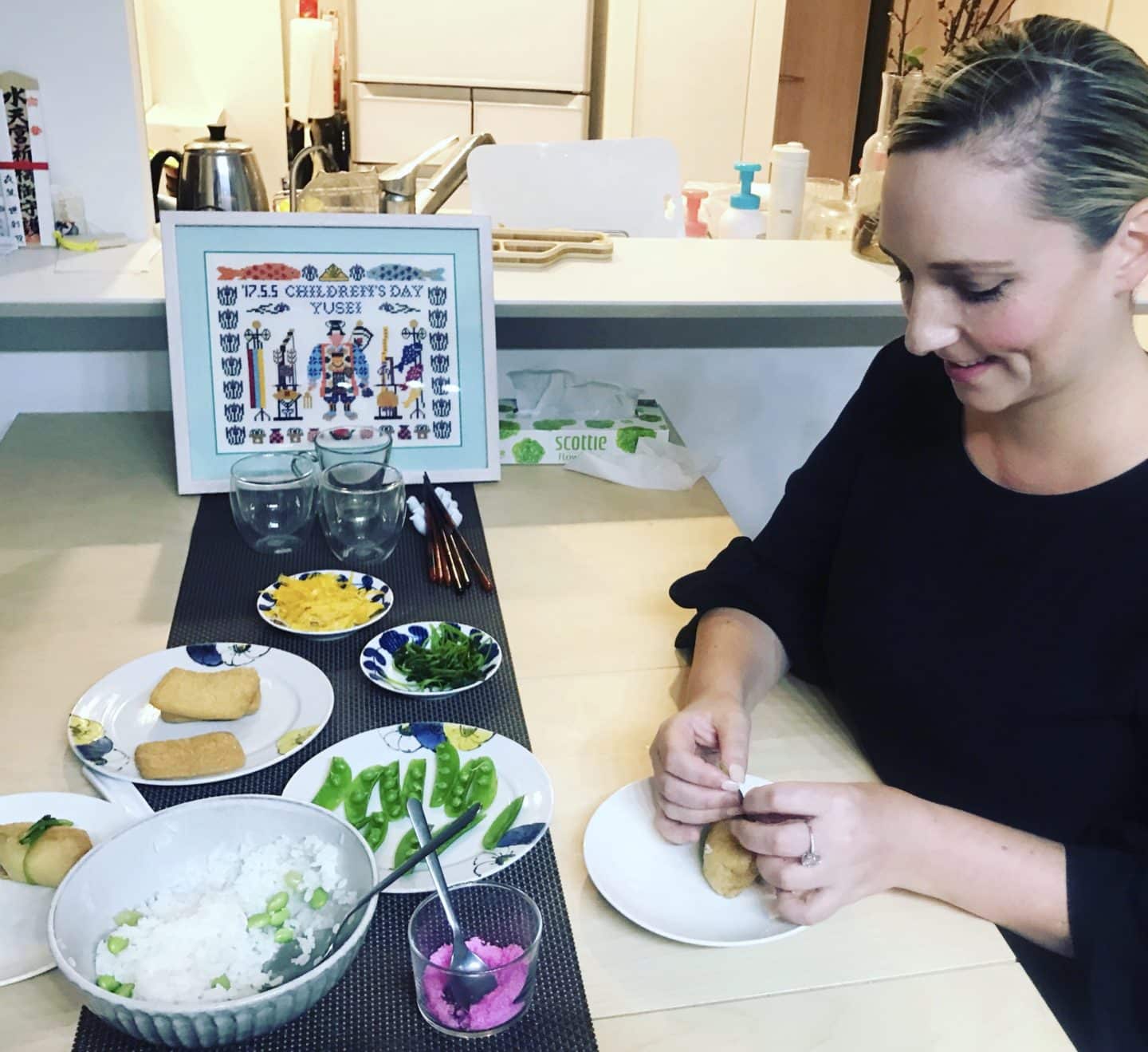
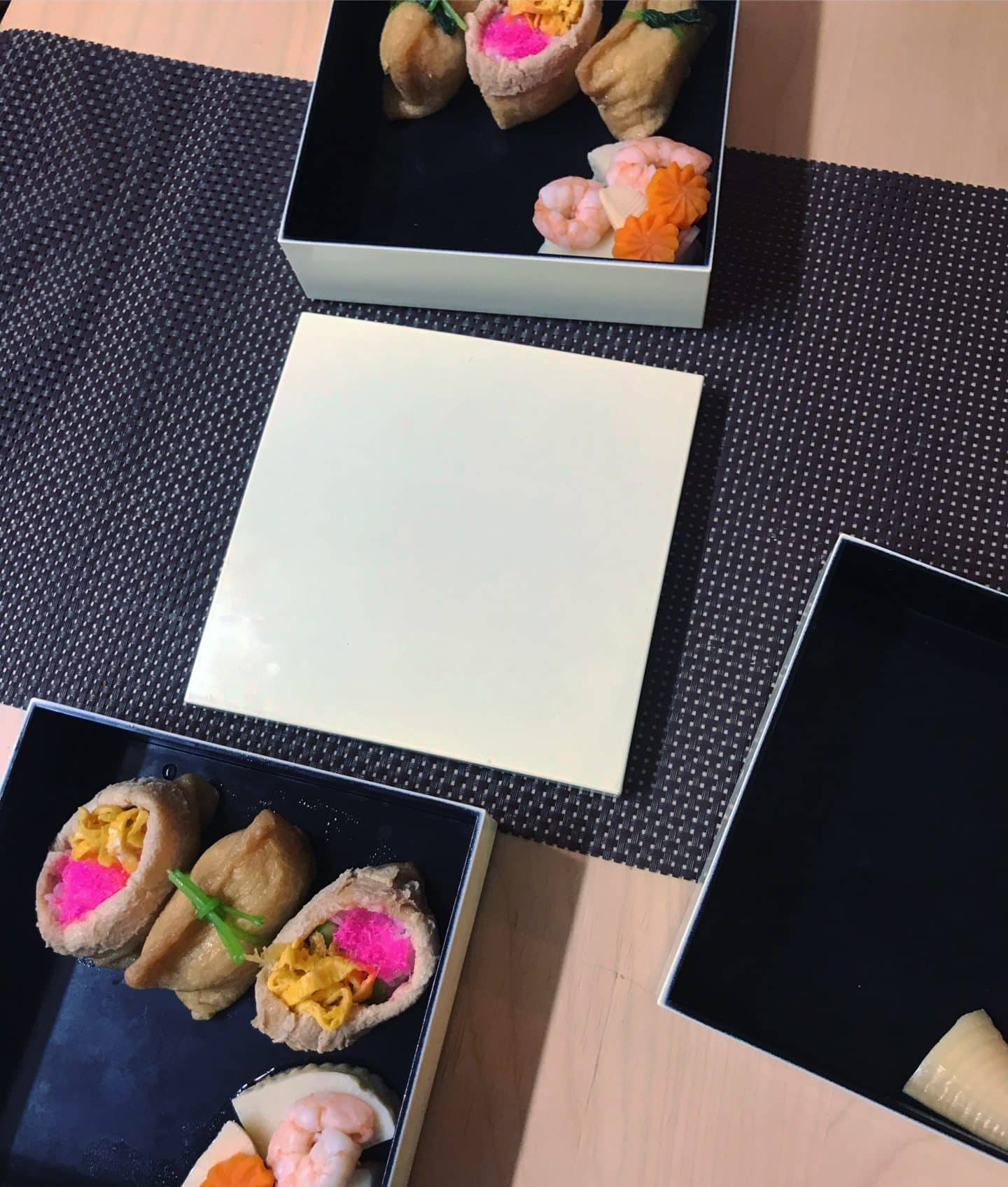
I love that I got a chance to help make the food and I asked lots of questions about the ingredients used. She even got some of the raw ingredients or sauce bottles out so that I could take pictures.
I’m pescatarian so the meal didn’t contain any meat but Masako said she also often prepares meat-heavy meals for guests.

I love how hands on the meal was ( and its the best way to get kids involved and tasting, right?)
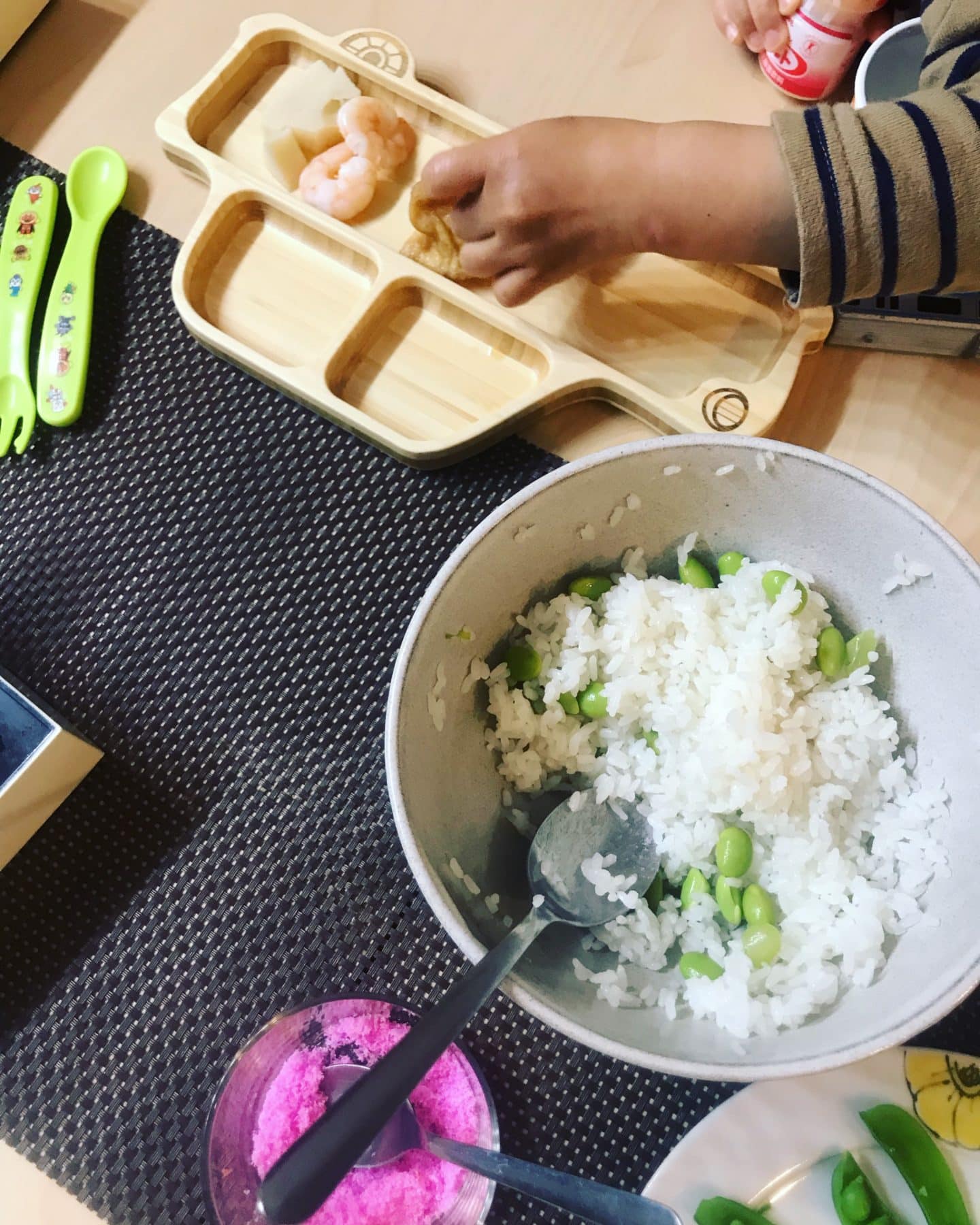
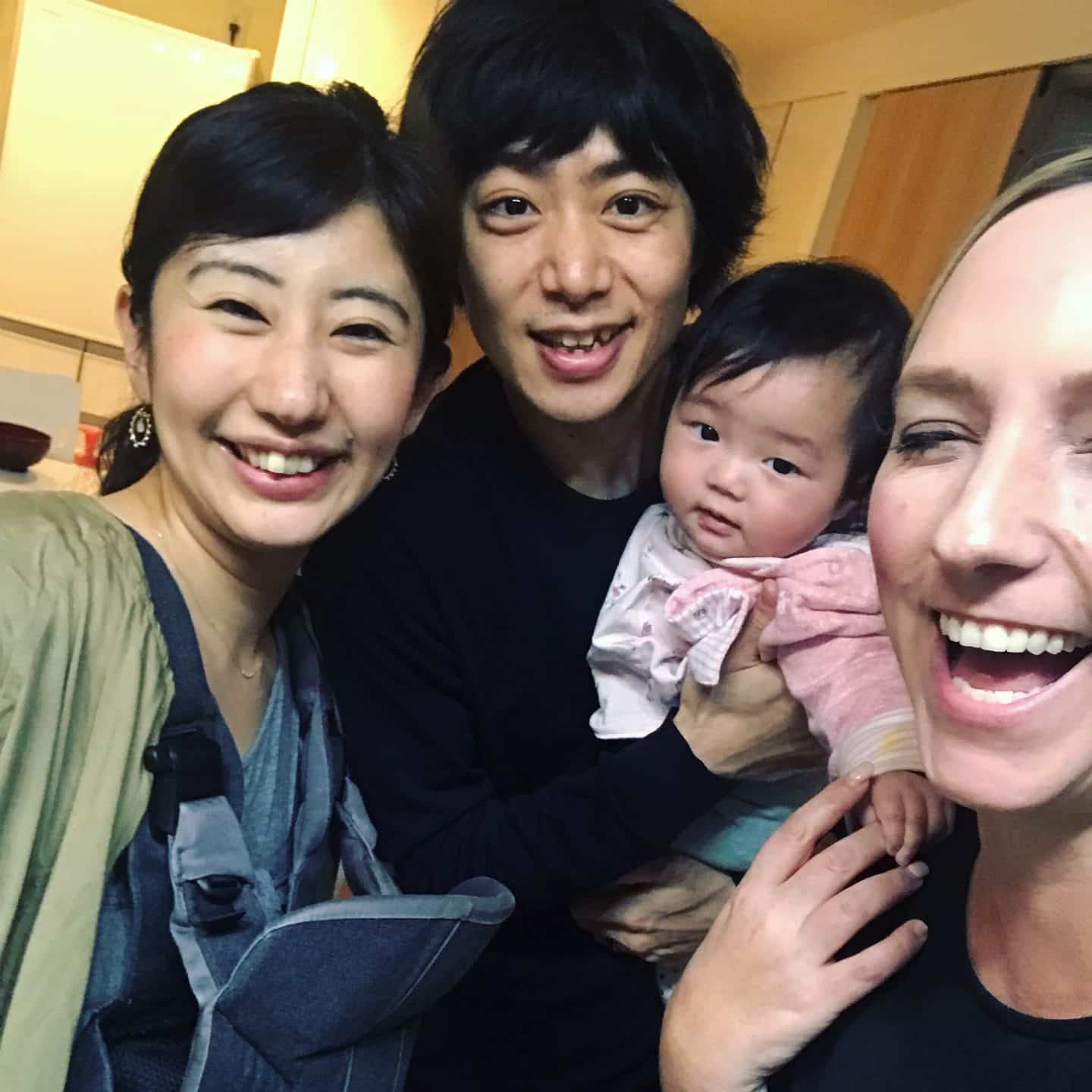
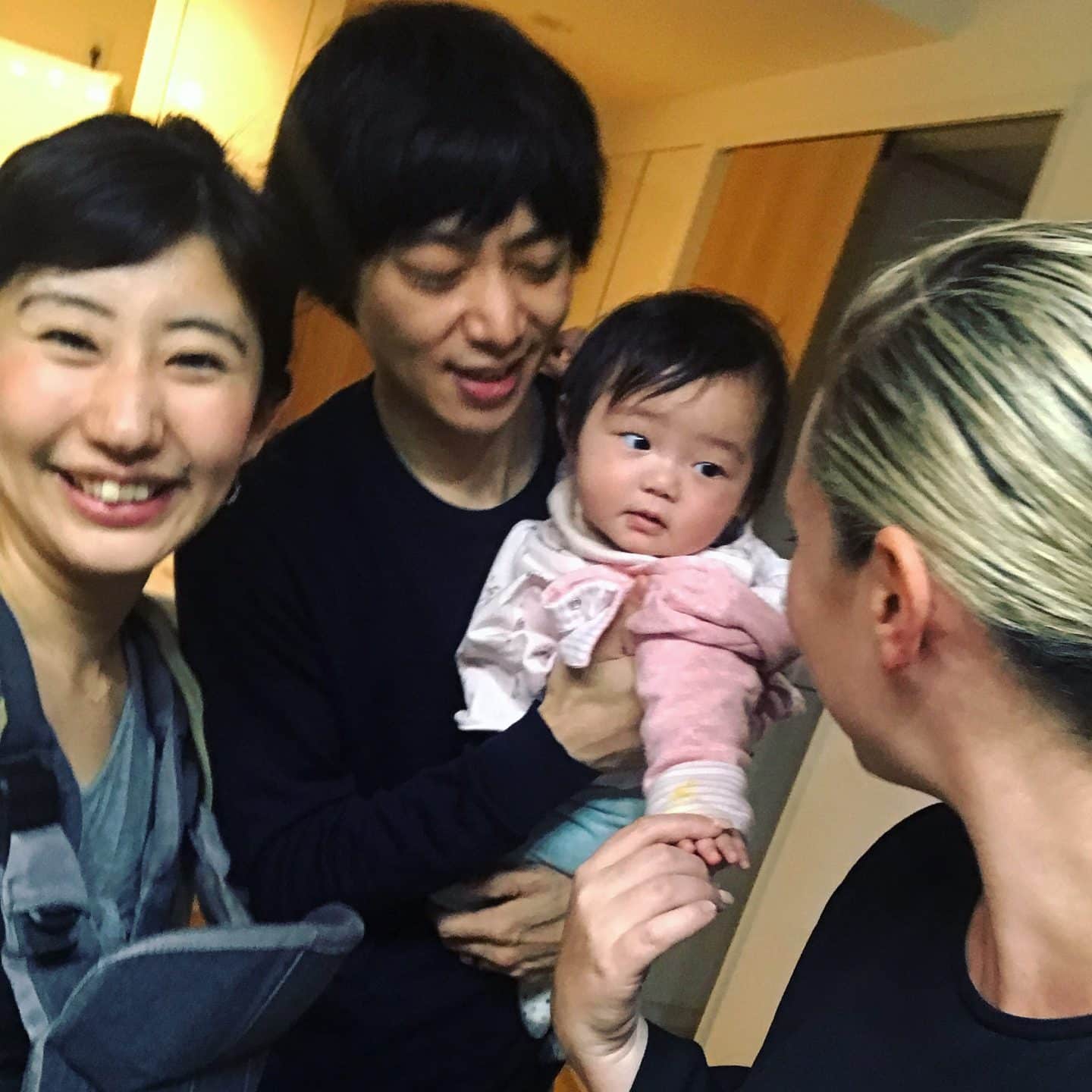
How to be a lovely Nagomi Visit guest – My personal advice
On their website, Nagomi Visit have a section of answers regarding how to be a good guest and what to do and not do but this next advice is just my own ( so feel free to ignore if you like… but if you don’t mind me bossing you around? Keep on reading… )
I recommend remembering that you are a guest in someone’s home and behaving accordingly. That means nice manners – including complimenting them on their home and their efforts.
Also, why not practice saying ” Arigato Gozaimasu” ( Thank you very much ) or even just “Arigato” (Thanks) if that’s more manageable?
If you really want to dazzle your host, learn how to say ” Gochisousama deshita” at the end of the meal and when saying goodbye.
“Gochisousama deshita” means ‘that was a feast’ or ‘thank you for this gorgeous meal.” The phrase does not have any religious connotations.
You are not required to bring a gift but I took some chocolates. Ideally, I think it is nice to take some sweets from your home country. Eg. If Australian, maybe some Tim Tams.
Don’t expect the gift to be opened and enjoyed right then. This is not customary in Japan.
So if its something you would like to eat together at the end of the meal, it is best to pull it out of your bag then, open it, and offer it around.
If you are concerned, Nagomi Visit have some fantastic information on Japanese dining ettiquette on their website here.
My personal recommendation?
Keep your sense of humor and sense of curiosity close.
If you make a mistake, laugh and apologize and laugh again.
Let me tell you a story about my first Japanese wedding I ever attended… I was at the table and was feeling all fancy.In life, I’ve pretty much always started to think that I’m a bilingual genius by the end of my second glass of wine… and, right on queue, I started an animated story.
Since it was only my 2nd or 3rd year living in Japan, I can only imagine that the story was ridden with grammatical “rainbows” and a delicious blend of Japanese and English.
Everyone at the table was kind enough to listen and turn their heads my way ( coz tipsy me is hilarious, ok?)
I was wildly gesturing and managed to whack my hand down on the table.
I sent my chopsticks, that were beautifully balanced on my chopstick holder, up into the air ( I’d managed to hit the ‘longer end of them so it was a catapult style effort.)
It was a beautiful moment when they performed a gorgeous triple axel pike flip ( can you tell I never did gymnastics?) and the food eating end of one of them came down and poked me right in the eyeball.
It was a lovely and truly special moment in my Japan life. …
And if I hadn’t laughed I would have cried.
Laugh.
I’m always trying to laugh at myself as I’m learning. Even after 12 years living in Japan.
I’m still making mistakes all the time .
Laughing at myself helps other people laugh at me too ( although I’m pretty sure that they probably already were.)
Be a dork.
Laugh.
If you make a cultural faux pax and realize no-one else is eating the way you are eating? Ask why? Ask how you are supposed to do it?
Think about it, if you had a new person in your home and they asked ” How can I eat this?” or ” Do I put the sauce on this?” – you’d never think they were a bad person, right?
In fact, you’d probably think ” Gosh, they are so thoughtful and want to get it right?”
Also if someone is mixing something in front of you… ask… ” Can I try that too?” or ” Why do you add that ingredient?”
Another tip?
Despite what I see many people worry about, you don’t need to worry about eating everything. If you do? You’re wonderful.
I think it is way more important to try.

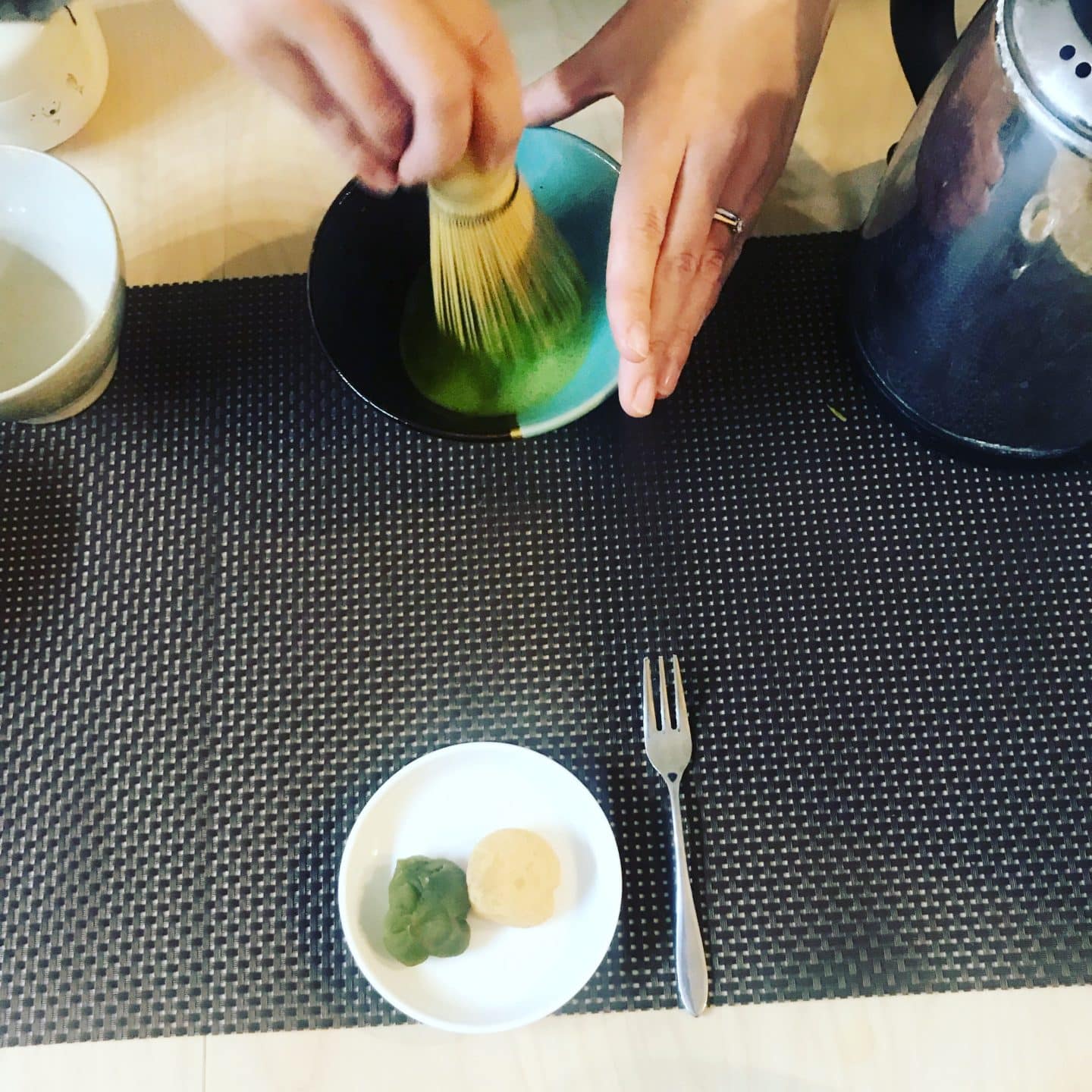
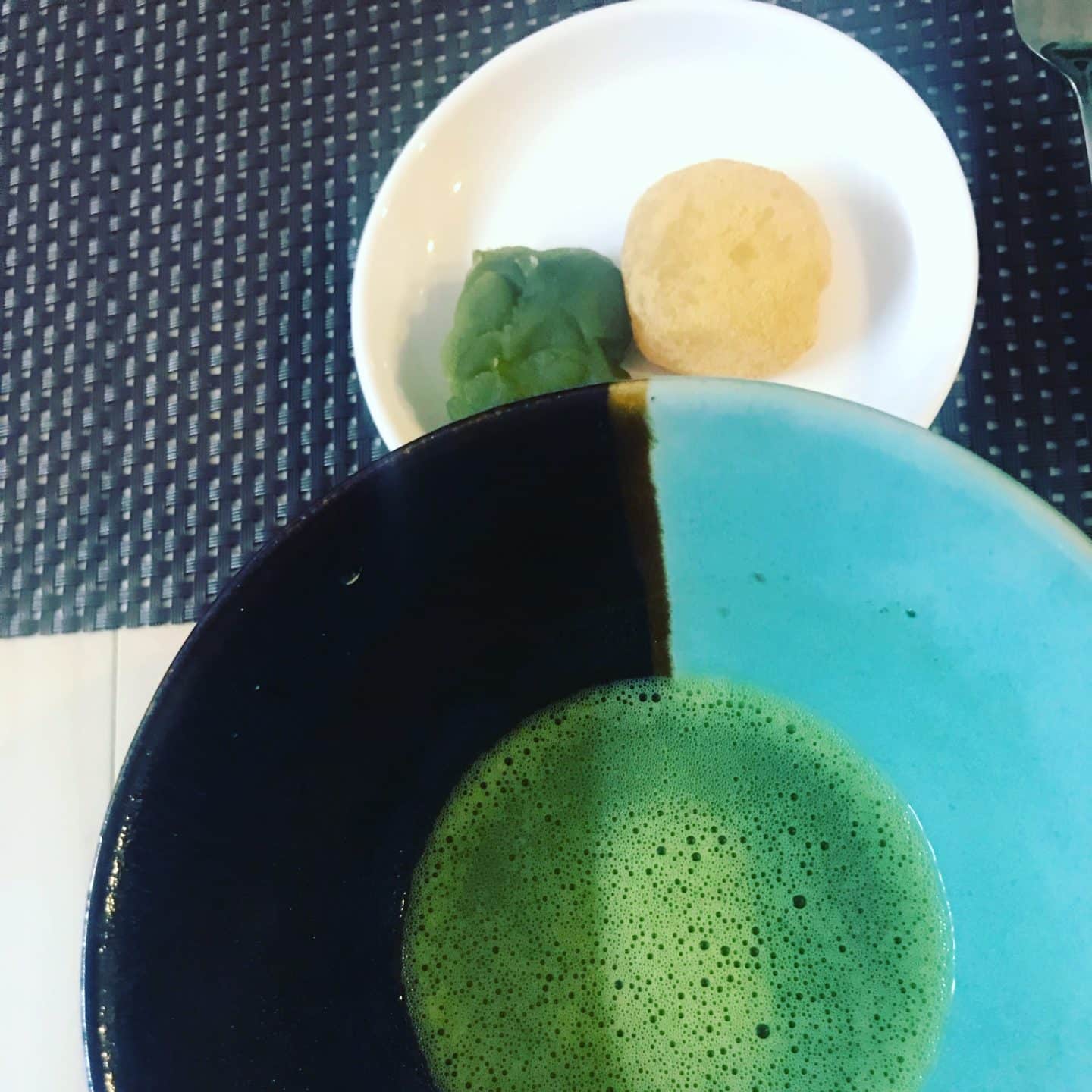
Okay… the next advice is for people who don’t mind me bossing them around…
Try and catch yourself out if you are about to describe something as “weird.” It’s not weird. It’s different. It’s interesting because it’s different. And isn’t that what you came to Japan for?
There is a brilliant word in Japanese . It is “mezurashi”. I doesn’t translate directly but it means “interesting and different.” It is a positive adjective to use.
If you try something that is totally a new taste or texture… it’s kind to say “mezurashi” – coz … well, to you, it is!
I talk about this in my Preparing for Japan post but I recommend wearing socks under your shoes or having little sockets in your bag. Remember, shoes will be taken off so today isn’t the best day to wear the smelly pair or the option that has a sneaky hole in the toe.
If you forget and are barefoot – you need not stress. Its just really important that you don’t take off your shoes too early. Take your shoes off in the entrance hall and step straight up onto the shoe-free landing.
I have been so excited to share this Nagomi Visit with you all. Highly, highly, highly recommend.
I plan on staying in touch with my new friend Masako for many years to come now!

